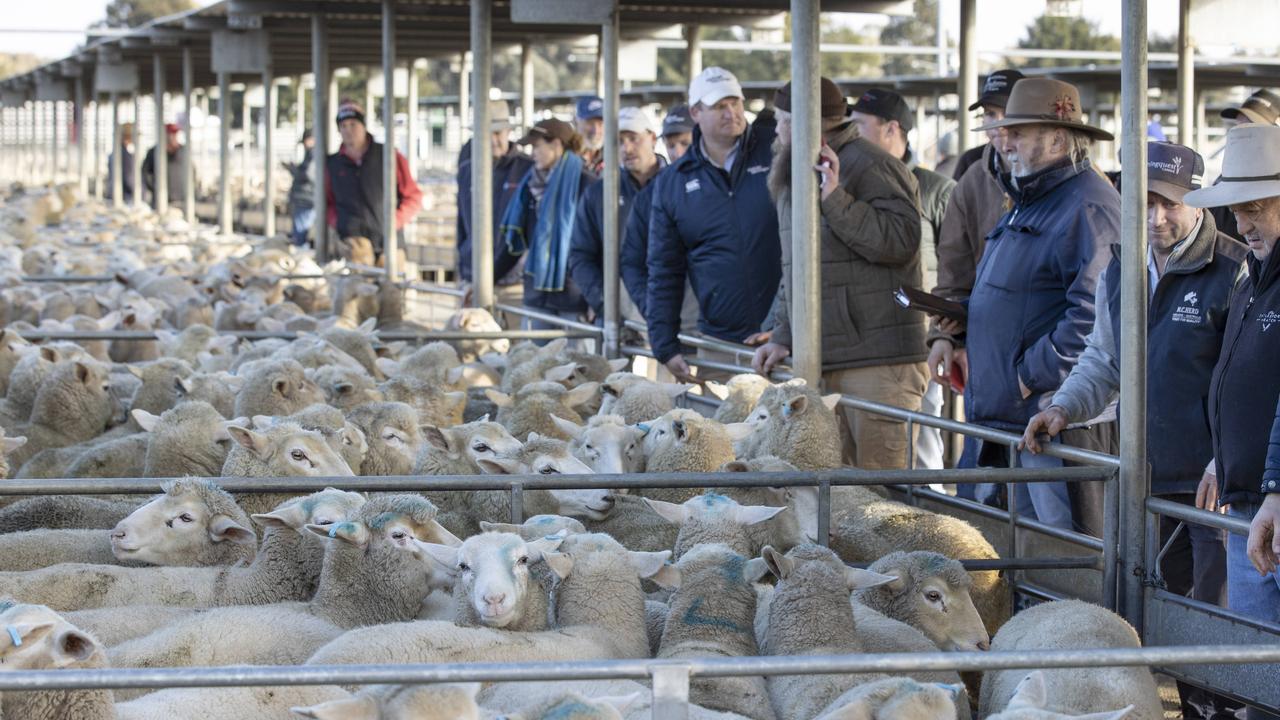What female kill rate really says about the national herd
The female slaughter rate is usually a gauge on whether the national herd is growing or shrinking, but something is different this time.

A female slaughter rate of 52 per cent does not necessarily mean the national herd is shrinking as analysts digest the latest kill figures released last week.
In its review of the Australian Bureau of Statistics slaughter figures for the September quarter, Meat and Livestock Australia said the female slaughter rate remaining above 47 per cent for consecutive years indicated the national herd was in decline.
But the lightening-off of numbers this time is different, an MLA spokesman said.
“The nature of the destock is that the herd has reached maturity following a three to four year rebuild,” the spokesman said.
“Older breeding cows continue to be turned off rather than a climate-driven destock, which would cause young heifers to be processed.”

StoneX Australian livestock and commodities manager Ripley Atkinson said a more nuanced view needed to be taken to FSR figures.
“When I talk with people and look at what’s happening on the ground in real time, from my perspective simply because the “FSR” is at 52.2 per cent does not mean we’re liquidating numbers at all,” Mr Atkinson said.
“The cattle herd is far bigger than it has been in at least 10 years … I honestly think the herd is far bigger than we realise.
“What this means is the numbers of current and future breeding females in the herd is more than we’ve had for some time.”
Mr Atkinson said female kill numbers in the September quarter were the highest since December 2019, when most of the country was in drought.
“Logic would imply female kills post two to three years of the most intense rebuild the cattle herd has seen would naturally deliver higher female (kill) numbers,” he said.
“It would be unsurprising to see female kill numbers edge higher moving forwards – with a bigger female herd this has to drive higher female turn-off.
“When it happens, it will be construed as significant liquidation but the key point of a bigger herd will be left out.”
Mr Atkinson said the returns for trading cows in also came into play.
“If producers can see cows are/were worth $3/kg liveweight or in some cases $6/kg carcass weight, at 600kg that’s a pretty return for a cow which was most likely four to five years old in 2021-22,” he said.
“You can see naturally, producers would be selling those cows to make way for younger females, with more productive and efficient genetics.
“This is where the kills are coming from – older cows turned out to make way for younger cattle and you only need to look at frozen beef exports to the United States to see the growth in underlying grinding beef production, driven by cows.”
The higher female kill contributed to a stellar official beef production figures, with the ABS noting 690,694 tonnes were produced over a three-month period.
Queensland produced 48 per cent of the nation’s beef during the September quarter, with NSW and Victoria contributing 21 per cent each to round out the top three states.




